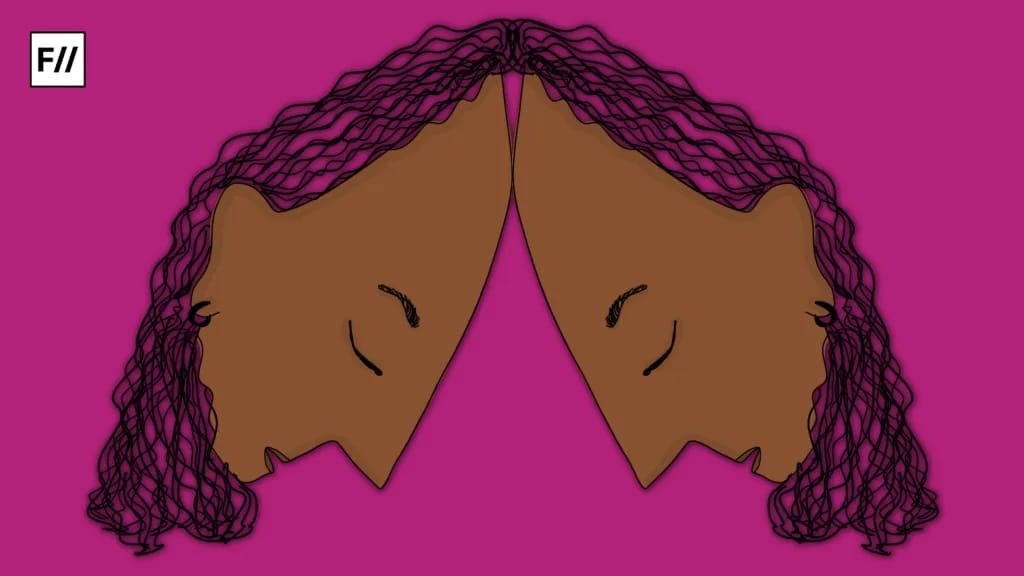We have all come across the widely known soliloquy, ‘What’s in a name?‘, delivered by Shakespeare’s star-crossed lover Juliet, in which she renounces names as holding little value. Indeed, many seem to agree with this view—believing that names are merely meaningless vessels, disconnected from an individual’s internal worth. Yet studies suggest the opposite: names reflect far more than we might assume. The ways in which individuals are addressed can have deep consequences for the construction of the self.
This is particularly true for individuals who have had difficulty aligning their external identity with their internal sense of self—especially members of the LGBTQ+ community. For many, names are fundamental to their social identities and are closely linked to gender. As a result, individuals often choose to discard the names given to them at birth, especially when those names cause distress and alienation by failing to reflect their true gender identity.
However, these discarded names are not neutral. They are deeply charged and may carry associations of trauma, abandonment, and alienation. Referring to individuals by these names is not merely an act of disrespect or degradation—it can also trigger trauma responses such as stress, anxiety, and a pervasive sense of dysphoria.
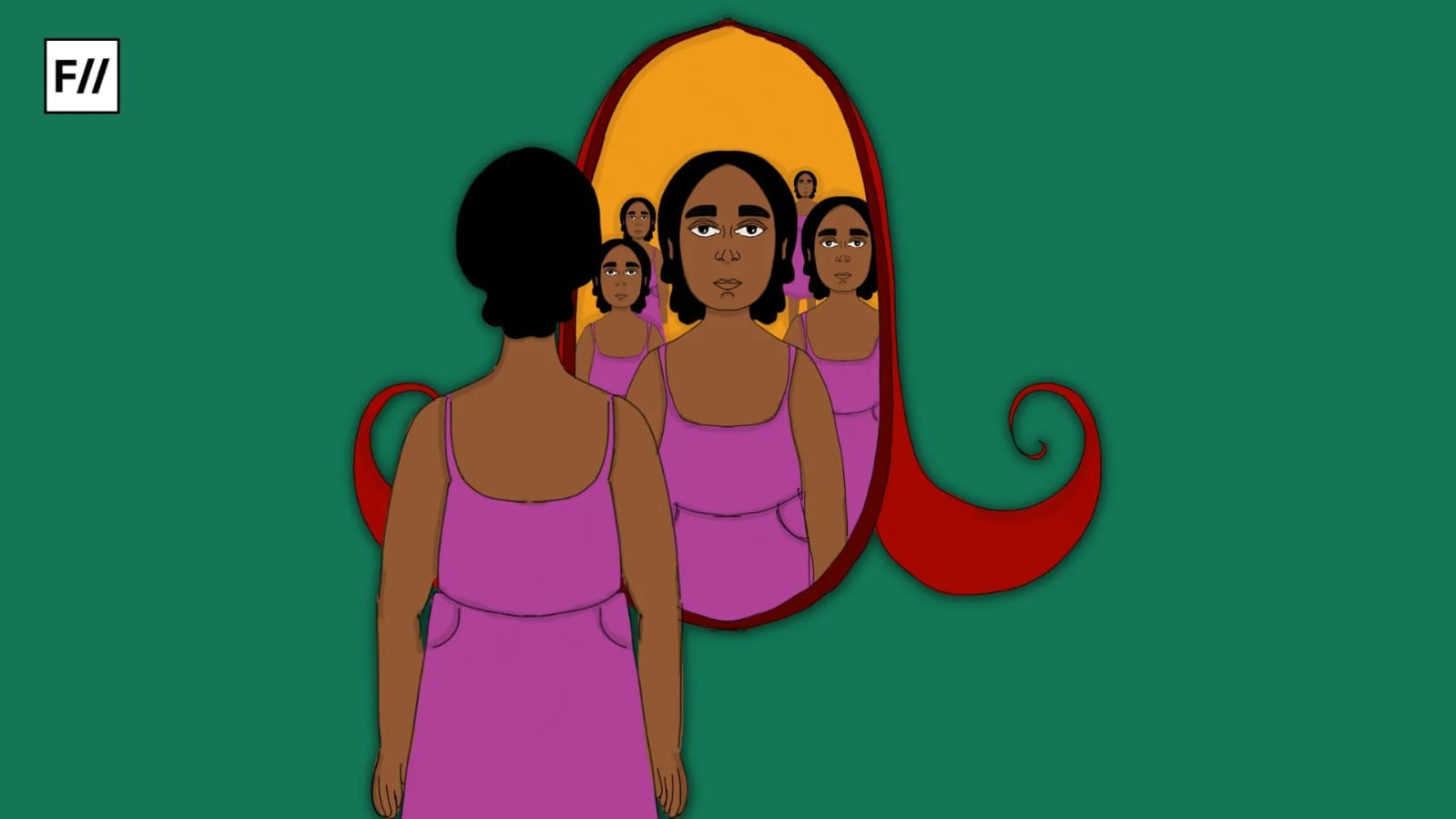
This is known as deadnaming. Simply put, deadnaming refers to the act of calling a transgender person—or anyone who has discarded their birth name—by that former name.
Deadnaming might or might not be harmless. In either case, it has the potential to cause distress. his can be better understood by examining how speech has the power to reinforce exploitative social structures. Philosopher Judith Butler discusses how language can be used to wound, subordinate, or empower individuals and groups. She refers to this as injurious speech—language that transforms individuals into subjects of subordination, hierarchy, and violence. In other words, speech can serve as a vehicle of harm.
At the same time, identity and self-recognition is constructed through language and constantly evolves through socio-cultural phenomena rather than being expression of fixed categories. Self-definition therefore, is deeply rooted in language and names become the fundamental linguistic markers of personal and social identity.
Self-definition therefore, is deeply rooted in language and names become the fundamental linguistic markers of personal and social identity.
Thus, selecting a new-name becomes a significant way for transgender individuals to overcome societal expectations of gender identities imposed upon them, especially in cultures where certain names are strongly related gender and as a way to control and embrace their new identities.
Deadnaming, therefore, is an act of illegitimating of such identities and denial of their self-determined existence. It positions a transgender person as someone whose self-identification is not legitimate or deserving of recognition, reinforcing marginalisation and powerlessness. Thus, the individual in question is often forcibly ‘defined’ by the name imposed upon them rather than being given the choice to define themselves causing distress. It can often take various forms and are often used as slurs which degrades and contests the legitimacy of new names.
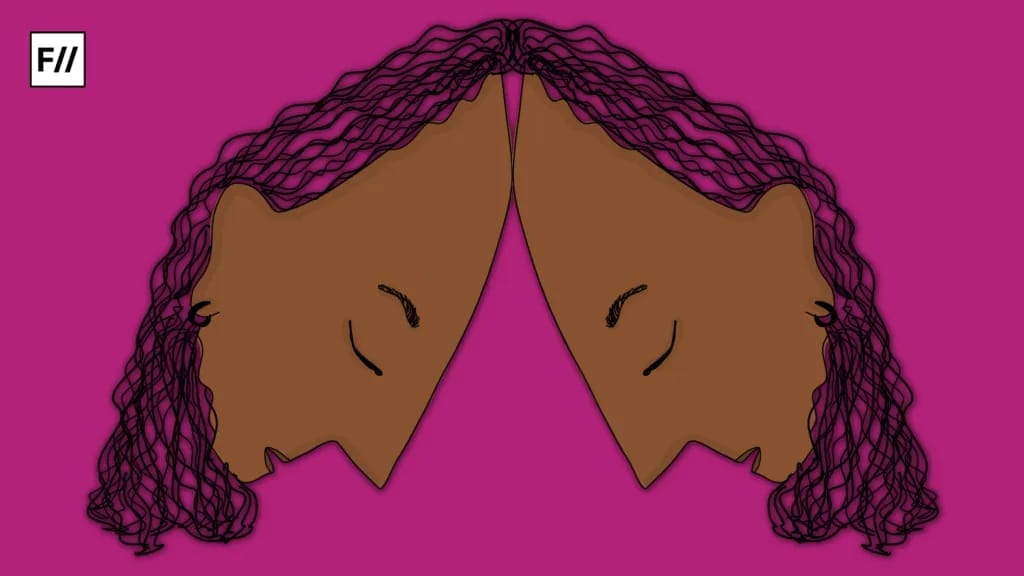
However, deadnaming is not confined to individual instances. Rather, it’s detrimental effects pile over as from its repetition within social contexts (e.g., legal documents, media, family interactions).
Further, deadnaming, even in situations where they are unintended, are often reflective of internalised transphobia. Indeed, Butler talks about how the injurious speech is not the speaker’s invention but a “citation” of preexisting power structures. Further in various instances, deadnaming can take institutionalised forms. Transgender people often face legal barriers to name changes, refusal of authorities and institutions to discard old names etc. For example, transphobia and discrimination in hospitals often includes deadnaming leading transgender individuals to often avoid seeking care or hide their identities to avoid discrimination.
We also see forms of deadnaming in instances of media coverage of violence against transgender individuals where the media refers to transgender individuals by their birth-assigned name rather than their actual name corresponding to their identity reflecting the deep-seated tendency to denaturalise (or inauthenticate) trans people’s chosen identity.
Deadnaming thus perpetuates a form of “illocutionary disablement,” or denying trans people the authority to define themselves.
Deadnaming thus perpetuates a form of “illocutionary disablement,” or denying trans people the authority to define themselves.
Deadnaming and public policy
It is worth noting that no major country has criminalised deadnaming as a standalone offense. Punitive measures are usually indirect and tied to broader anti-discrimination or anti-harassment laws. Though they have been included in various clauses such as the Title VII for hostile work environment sexual harassment claims which details subclauses penalising repeated misgendering and deadnaming as well as privacy laws in Germany which involves fining individuals for maliciously disclosing confidential information such as revealing someone’s previously assigned gender and identity against their will. However, an integrated policy approach against deadnaming is largely missing from the global policy world.
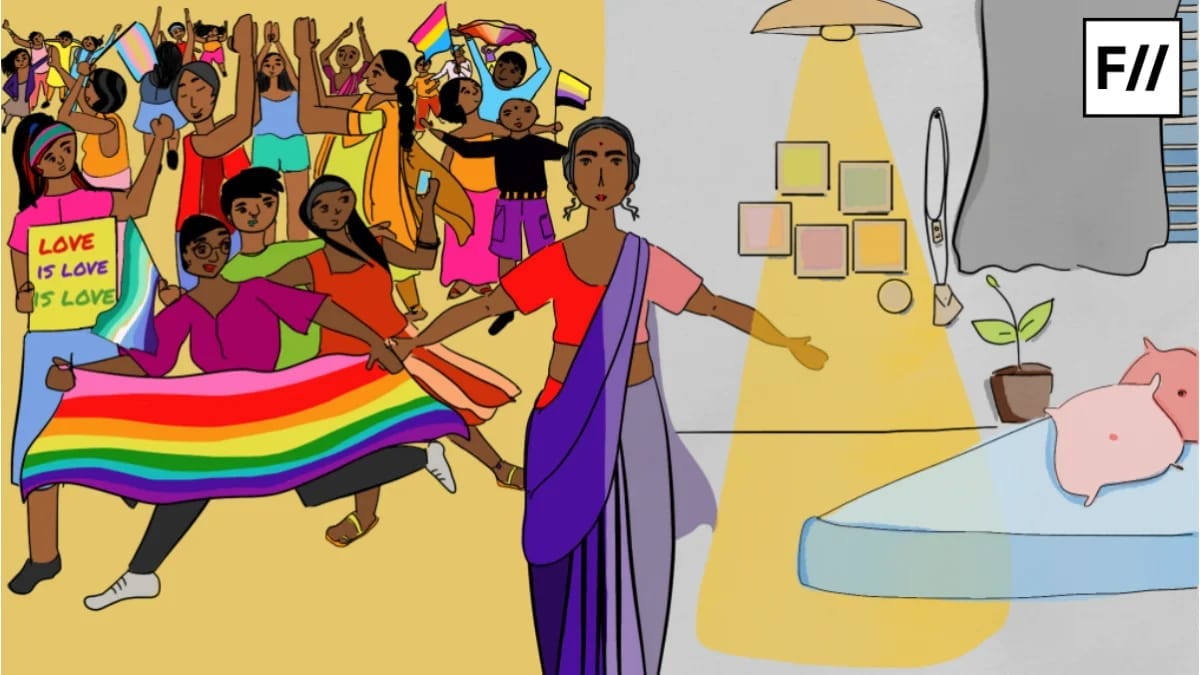
Moreover, recent attempts at penalising deadnaming have been backtracked. For example, Twitter’s move to remove protection against deadnaming in 2023
In India, despite having witnessed significant progress with reference to rights and identity of transgender individuals with landmark judgements such as Nalsa Vs. Union of India, where the supreme court affirmed the right to self-identified gender, transgender people face several bureaucratic hurdles hanging their legal names and gender markers. For example, changing names often involves dealing with district level magistrates and officials many of whom reflect internalised transphobia denying their rights to adopt a self-authentic identity.
Addressing deadnaming in a holistic manner requires gender-sensitivity training policies to be integrated into bureaucratic curriculums.
However, policies that sensitises against deadnaming must also be included in daily professional and personal practices. Integration into academic language has been swift. Major style guides, such as the AP Style Guide and Reuters, now recommend using the name by which a transgender person currently lives. Further, GLAAD’s Media Reference Guide further advises using the active voice (‘the person’s name is X‘) rather than phrasing that suggests the name is optional or a preference (‘the person goes by X‘).
Further, GLAAD’s Media Reference Guide further advises using the active voice (‘the person’s name is X‘) rather than phrasing that suggests the name is optional or a preference (‘the person goes by X‘).
Introducing such stylistic guides in the Indian academic, professional and administrative procedures are essential to inculcate gender inclusivity in daily practices.
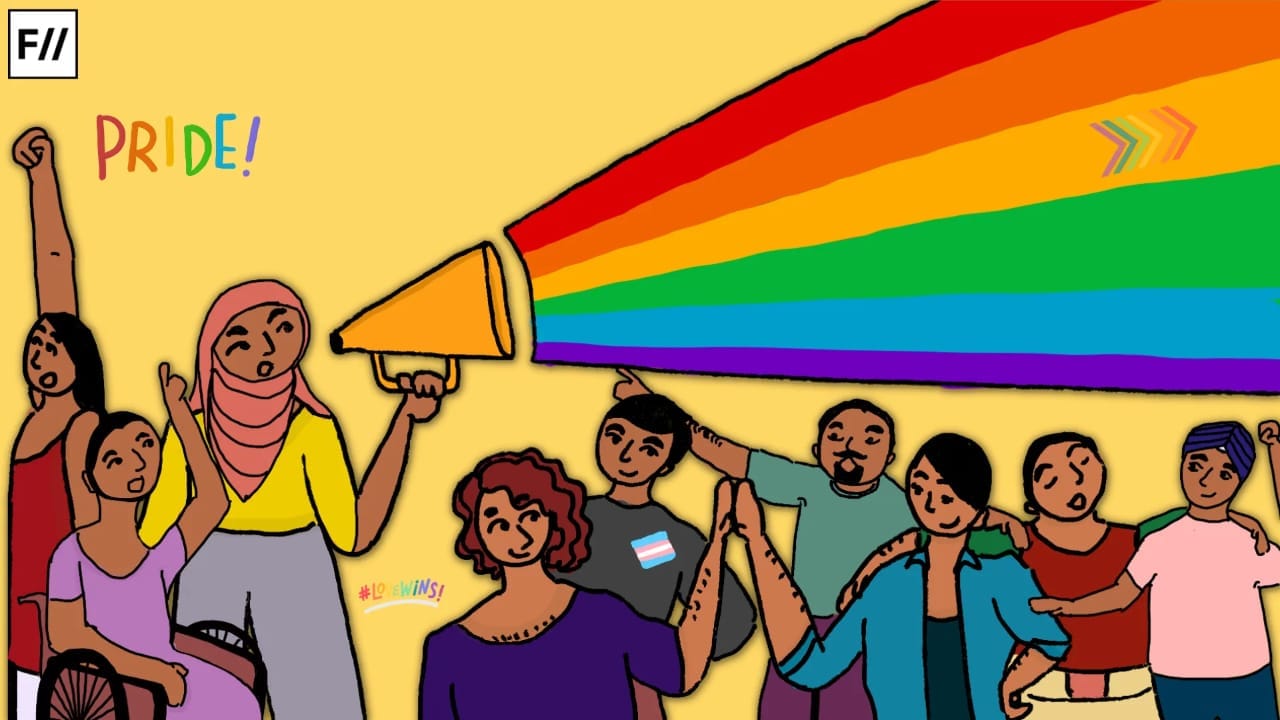
Deadnaming is thus, not just a neutral mistake but an expression of internalised transphobia which seeks to undermines trans people’s authentic self-identity by delegitimising their chosen names. Overcoming deadnaming, thus requires a broader effort at dismantling transphobia through inculcating inclusive practices in daily lives of individuals.
About the author(s)
Sohalika Shrivastava is a 3rd year student at IIT Madras out and about to carve a niche for herself. In her free time she likes to read about and learn animal fact




